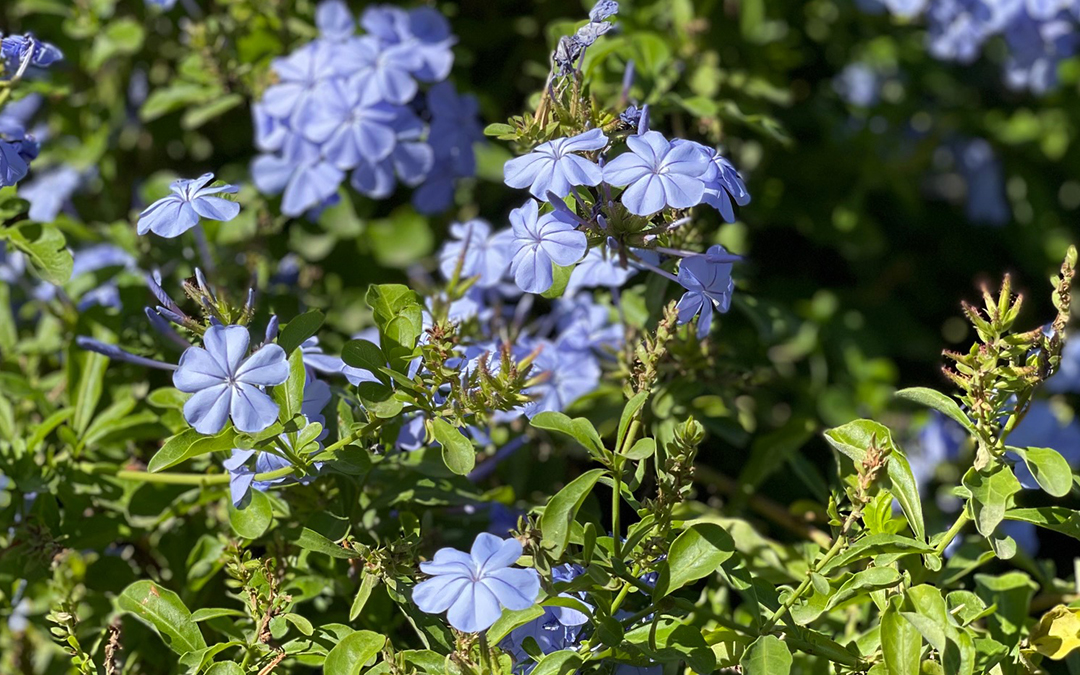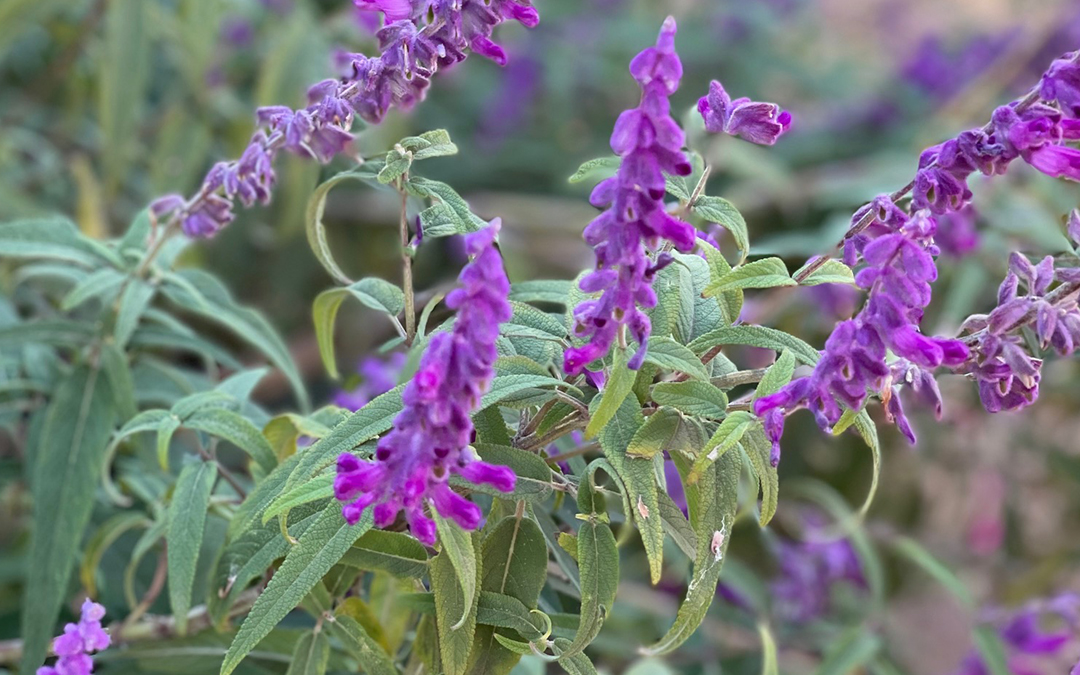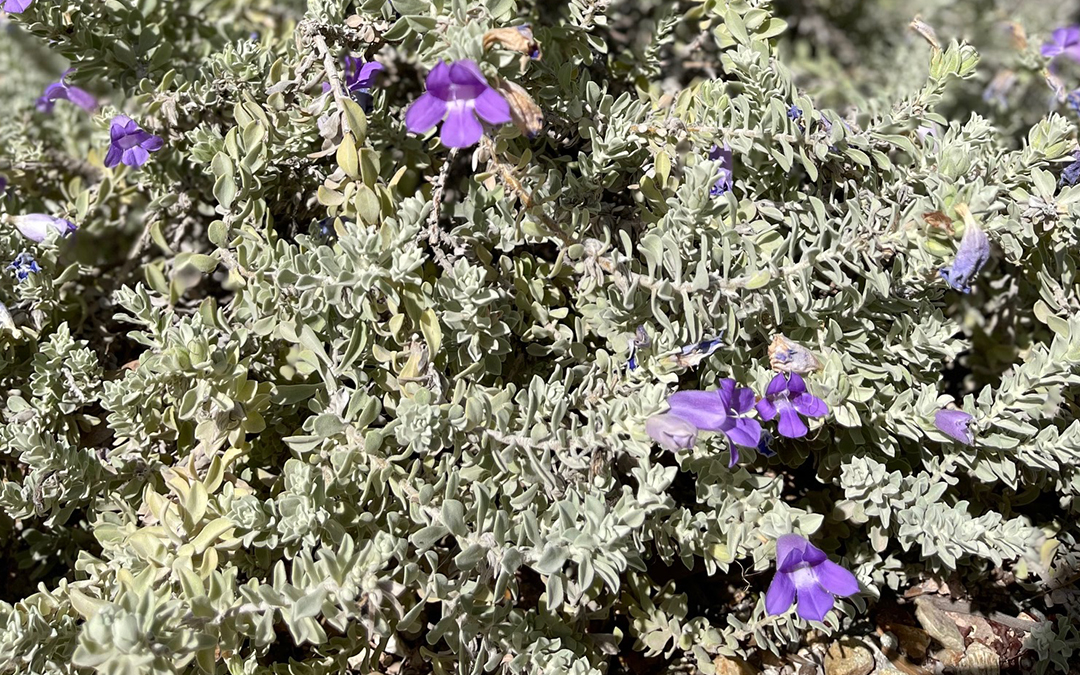In some parts of the country, the fall foliage captures the essence of autumn. Shades of orange, yellow and crimson from maple trees, sycamores and red oaks come together to create a vibrant symphony of color. It marks the season of cooler weather, leaves changing color and hot chocolate.
Even in Arizona, you can spot the fall colors across the state. From the pines of the White Mountains to the red rocks and gold yellow leaves of the Verde Valley and Sedona, there’s a whirlwind of color with mountains and cactus in the background.
At Desert Botanical Garden, you can see a range of colors as some plants start blooming this month. Below is a list of plants that are blooming and can be found in the Center for Desert Living Trail. Here you will find shades and hues of pink and purple, like the pink muhly grass and its spectacular clouds of fall flowers. For most of the summer, the leaves of the pink muhly grass stay green. But it is the fall flowering that makes this plant distinguishable with its pink feathery and cloudlike flowers. Blue potato bushes bloom in summer and fall with a rich blue flower with a yellow in the middle. A member of the Solanaceae family, the blue potato bush is related to potatoes, tomatoes and peppers, but the bush is poisonous to humans.
Plants may bloom in cooler fall months for many reasons. If flowers are insect-pollinated, they have a better likelihood of getting attention if they bloom after other flowers have faded. Insects like bees and butterflies, as well as nectar-eating hummingbirds, may be locally active year-round and find these flowers to be a valuable food source. Wind-pollinated plants, on the other hand, may find the dry weather this time of year to be beneficial to their distribution efforts. Some plants may need a long growth period just to store enough energy to produce blooms; others may find that cooler temps give them more energy to flower. Others are triggered by the length of day itself (poinsettias, for example, only bloom when days are short). Finally, plants such as blackfoot daisies may simply have long, repetitive bloom cycles throughout the year; we may notice their blossoms more in late fall because there are fewer competitors to see.
How many of these plants can you spot on your next visit to the Garden?
- Pink Fairy Duster (Calliandra eriophylla)
- Creeping Indigo Bush (Dalea greggii)
- Cascalote Tree (Caesalpinia cacalaco)
- Pink Muhly Grass (Muhlenbergia capillaris)
- Blue Bells (Eremophila hygrophana)
- Desert Ruellia (Ruellia peninsularis)
- BluePotato Bush (Lycianthies rantonnetti)
- Blackfoot Daisy (Melampodium leucanthum)



